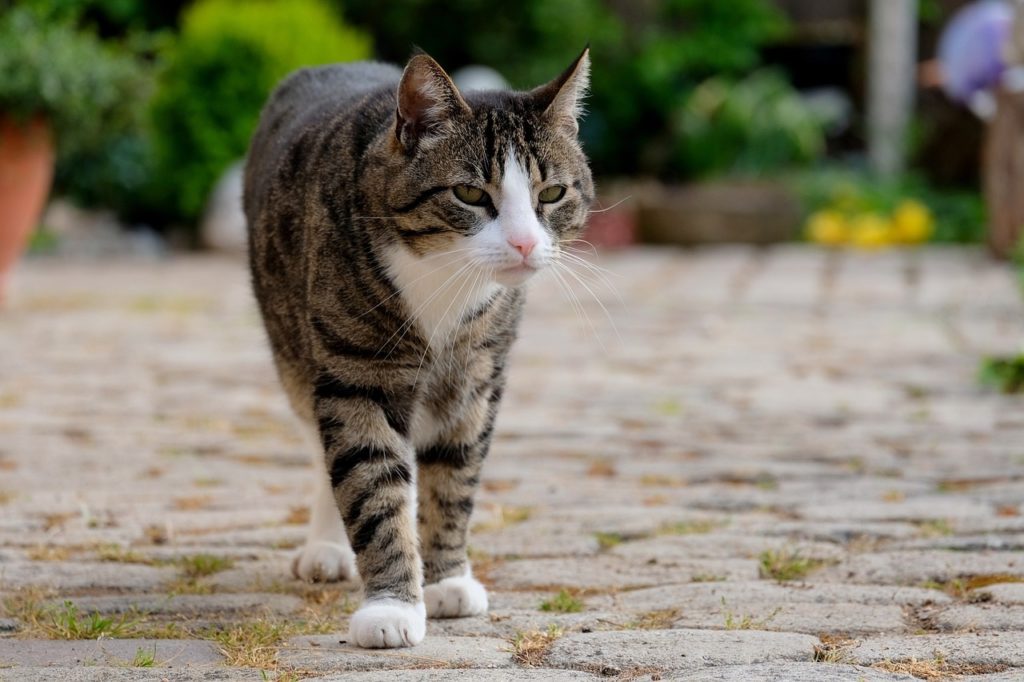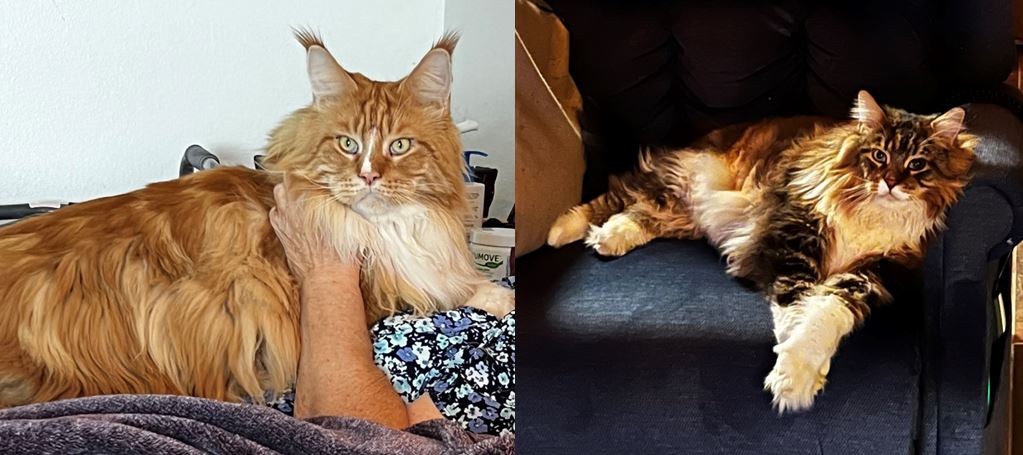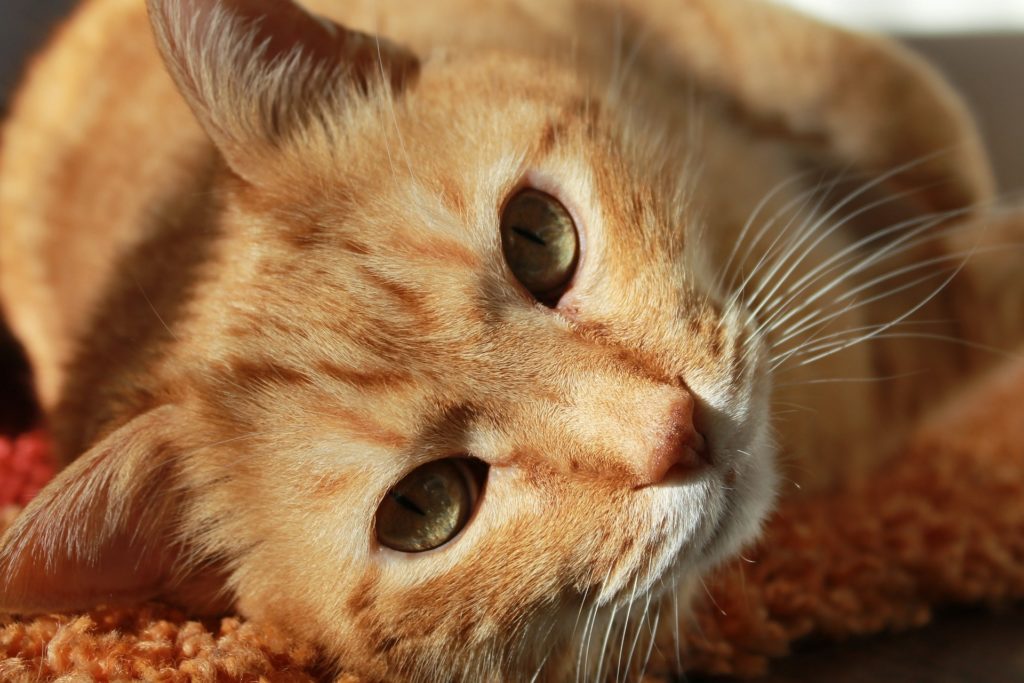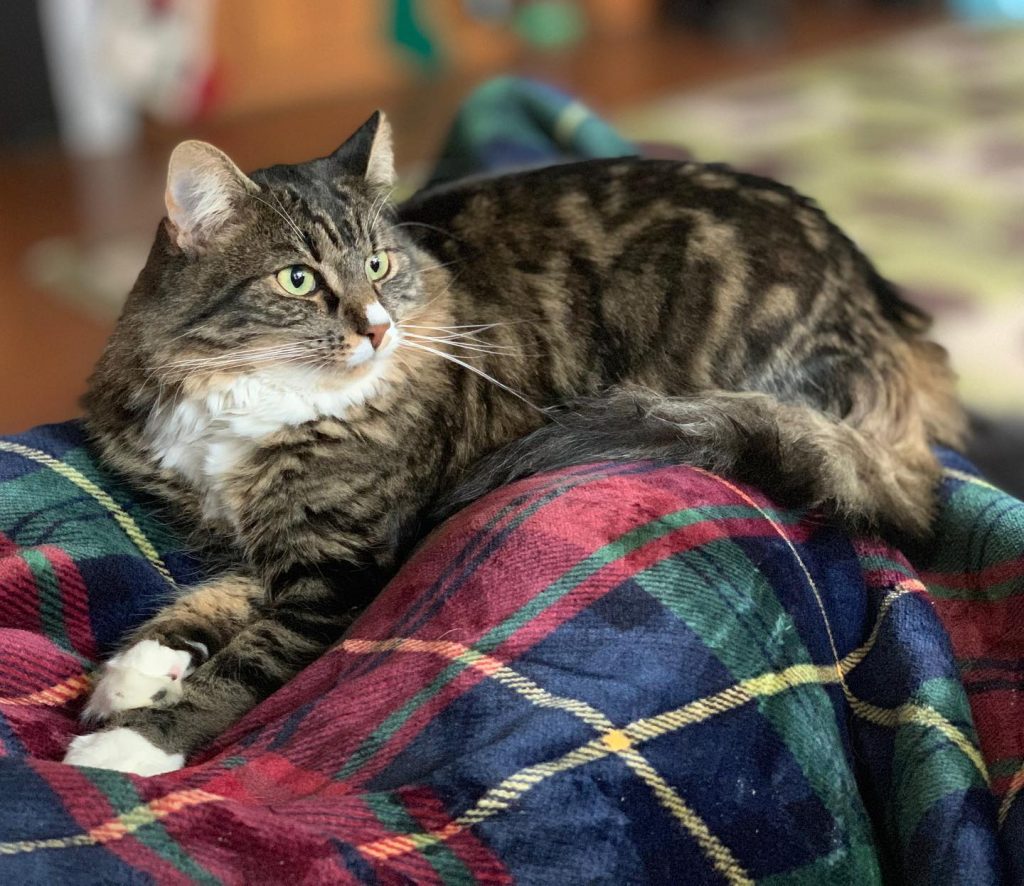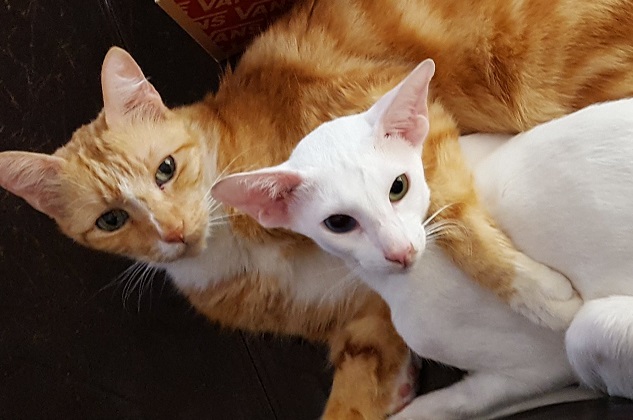VetStem Cell Therapy for Cats: Three Common Uses
National Cat Day is fast approaching, and we never miss an opportunity to talk about VetStem Cell Therapy for cats. While stem cells are primarily used for orthopedic conditions, many veterinarians have used VetStem Cell Therapy to help treat and control symptoms associated with diseases such as kidney disease, gingivostomatitis, and inflammatory bowel disease.
All three of these diseases are prevalent in cats and have limited treatment options.
Stem Cells for Kidney Disease

Kidney disease is one of the most common causes of sickness and death in cats. Common symptoms can include weight loss, lethargy, variable appetite, and poor coat quality. Some cats may also drink and urinate more, vomit, or have diarrhea.Unfortunately, treatment options for cats with kidney disease are limited and can be costly.
The good news is, based upon our own data as well as the data of others, we believe that stem cells may help improve the symptoms and quality of life in some cats with kidney disease. In fact, a review of a small number of feline patients treated with VetStem Cell Therapy showed that blood kidney values were slightly to moderately improved after treatment. Owners and veterinarians have also reported improved appetites, weight gain, and increased energy in cats treated with VetStem Cell Therapy.
Stem Cells for Gingivostomatitis
Gingivostomatitis is another debilitating condition found in cats. It is characterized by chronic inflammation of the gums, which can lead to inappetence, reduce grooming, and weight loss. Unfortunately, there is no cure for this disease. Common treatments include lifelong medical management with antibiotics, steroids, and pain medications and/or full mouth teeth extractions.
A recent clinical study demonstrated that intravenous administration of adipose (fat) derived stem cells could ameliorate the clinical signs of gingivostomatitis. Additionally, veterinarians and cat owners have reported an improvement in symptoms and quality of life in cats treated with VetStem Cell Therapy.
Stem Cells for Inflammatory Bowel Disease
Inflammatory Bowel Disease (IBD) is an intestinal disorder that affects both cats and dogs. It is characterized by inflammation of the intestines and can cause vomiting, diarrhea, reduced appetite, and weight loss. It is important to note however, that these symptoms can be indicative of several conditions including feline lymphoma. Since VetStem Cell Therapy is contraindicated in pets with cancer, it is essential to rule this out before pursuing treatment with stem cells.
Multiple cats have received VetStem Cell Therapy for IBD (dogs too!). And we have had reports from veterinarians and owners regarding the improvement of their patients and pets after treatment with stem cells. Additionally, in a recently published paper, 5 out of 7 IBD cats that were treated with stem cells significantly improved or had complete resolution of symptoms, whereas the 4 control cats had no improvement.
If you think your cat may benefit from treatment with VetStem Cell Therapy, speak to your veterinarian or contact us to receive a list of VetStem providers near you.

